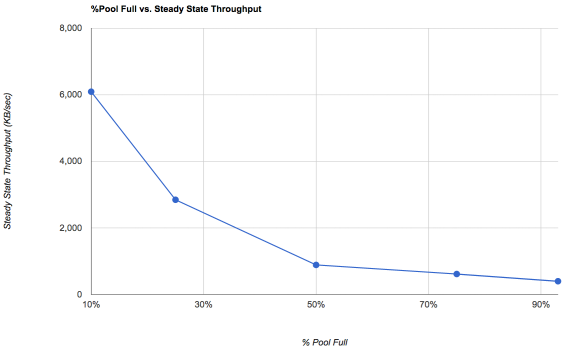Nick2253
Wizard
- Joined
- Apr 21, 2014
- Messages
- 1,633
I acquired some X7SPE-HF-D525 supermicro 1U systems used for pfSense systems a few years ago, and have had them sitting around ever since. I recently stumbled across a thread where someone had installed 8GB of memory in one, and it worked (the specs from both Supermicro and Intel say that the D525 only supports 4GB). I was skeptical, but went ahead and bought some memory to try it, and sure enough, all 8GB work. Everything works properly in Memtest86+, and
Now that I had 8GB of memory, my mind jumped to the possibility of using FreeNAS on this thing. Of course I realize that this is not ECC memory, but I'm thinking I would use this system as a third backup system (in addition to an external USB drive and a cloud backup) that would actually give me the ability to use ZFS replication (something I've always wanted to try), so I'm not super worried about the data risks. My bigger concern is the D525: I know it's a super weak processor, and I'm not sure it could even manage the basic task of being a replication target.
This is where the community comes in: does anyone have any experience running a similar low horse-power system with FreeNAS/ZFS? I don't have hard drives for this thing yet (I'm thinking 3x 4TB in RAIDZ1), and before I spend any money on this thing, I'd love some validation that my idea might work. If no one has any experience, I'll probably go ahead and buy the drives anyway to try it out.
Any thoughts/comments/ideas?
stress was able to load all 8GB of memory.Now that I had 8GB of memory, my mind jumped to the possibility of using FreeNAS on this thing. Of course I realize that this is not ECC memory, but I'm thinking I would use this system as a third backup system (in addition to an external USB drive and a cloud backup) that would actually give me the ability to use ZFS replication (something I've always wanted to try), so I'm not super worried about the data risks. My bigger concern is the D525: I know it's a super weak processor, and I'm not sure it could even manage the basic task of being a replication target.
This is where the community comes in: does anyone have any experience running a similar low horse-power system with FreeNAS/ZFS? I don't have hard drives for this thing yet (I'm thinking 3x 4TB in RAIDZ1), and before I spend any money on this thing, I'd love some validation that my idea might work. If no one has any experience, I'll probably go ahead and buy the drives anyway to try it out.
Any thoughts/comments/ideas?

